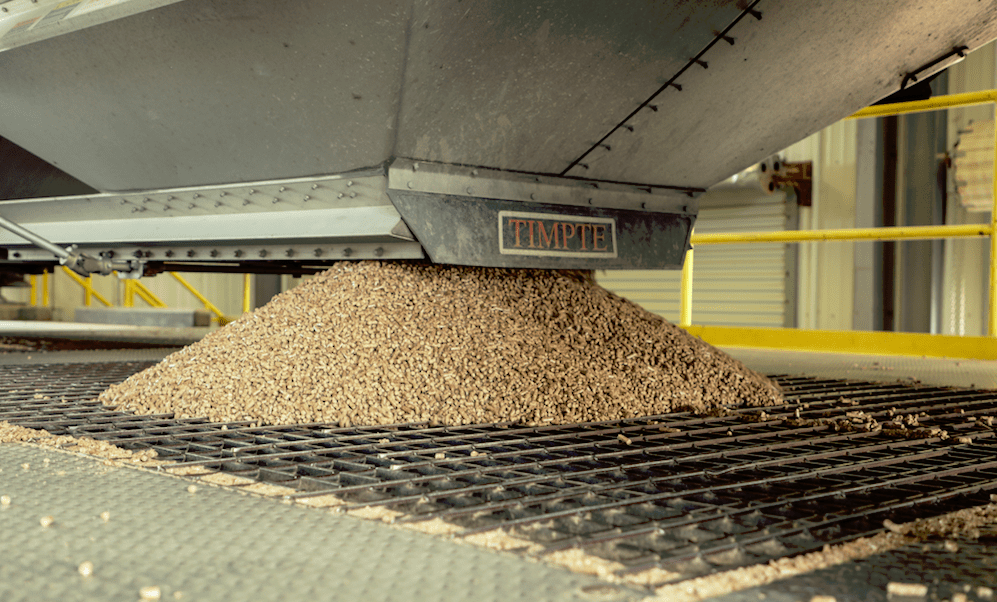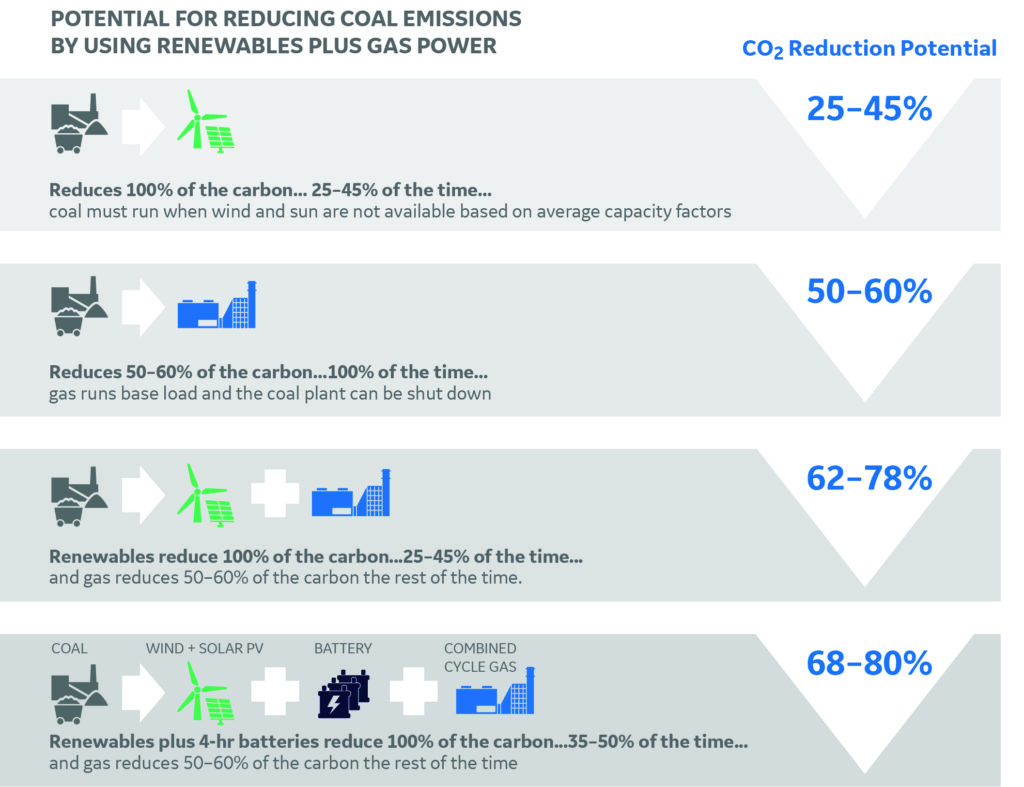With the start of a new year comes new year resolutions, new campaigns, new administrations, new policy goals, and new initiatives. To kick off 2021, POWER talked with Jens Wolf, vice president and general manager of Europe at Enviva, a renewable energy company and the world’s largest producer of industrial wood pellets.
Wolf has more than 20 years of experience working across the value chain within the power, heat, and biomass industries, and has expertise in renewable energy, sustainability, and new market development. From his office in the UK, he works with customers, regulators, policy-makers and external stakeholders to grow his company’s market and customer footprint, and expand the use of its sustainable wood biomass product across Europe.

Wolf previously was the commercial director for Drax, where he was responsible for the development, logistics, trading, and sourcing of biomass on behalf of the company. Prior to Drax, he was director of asset management and development for DONG Energy (now Ørsted), where he successfully developed the projects to convert four Danish combined heat and power (CHP) plants from coal to biomass. He began his professional career as a consultant with ICF International, and later McKinsey & Company, where he advised utilities and energy sector companies on operations and strategy.
Wolf offered POWER his predictions and forecasts on everything from renewable energy trends, to the impact of COVID-19, to the coming climate change policies and emerging technologies in the new year.
POWER: What will the global energy landscape look like in 2021?
Wolf: As countries take aggressive action on climate change to decarbonize their respective economies by 2050, we will see more carbon-neutral and carbon-negative renewable technologies working together if they want to achieve carbon neutrality by mid-century. As the global demand for alternative energy increases, 2021 will mark a turning point for the industry as wind, solar, geothermal, woody biomass, hydrogen, and lithium-ion battery energy providers make a collective and coordinated effort to combat the global climate crisis.
POWER: What effect or impact did COVID-19 have on the energy industry?
Wolf: As various industries saw a decline in the demand for products and/or services throughout the pandemic, the energy industry witnessed the opposite. Energy production and distribution remained essential regardless of the pandemic. We did see an increased global interest in reducing carbon emissions throughout the pandemic. For this reason, renewables will play a crucial role in power generation for decades to come. For those currently working in fossil fuels, expect to see a job shift/transfer to renewables as the energy sector continues to evolve into a clean energy future.

POWER: Is Europe’s long-term ambition to become the first climate neutral continent (an economy with net-zero greenhouse gas emissions) by 2050 realistic?
Wolf: Yes, but it will require an extensive set of measures to scale-up action. To start with, the world-leading biomass sustainability criteria established by the Renewable Energy Directive II will need to be fully implemented by all member states, enabling biomass to play its indispensable role in the Green Deal. More broadly, the EU will need to re-evaluate everything from renewables targets and carbon prices to energy efficiency and hydrogen, if it wants to be fit for its 55% emissions cut.
POWER: There is a lot of global support for renewables such as wind and solar. How do you see woody biomass fitting into the energy mix at a global level?
Wolf: Biomass is the only renewable fuel on the market that is readily available today and can replace fossil fuels for heat generation. In heavy industries such as steel, aluminum, and cement, sustainably-sourced wood-based biomass offers a carbon-neutral fuel replacement for coal and gas-fired furnaces (and combined heat and power plants). As a dependable and dispatchable renewable fuel, sustainably-sourced biomass is critical to the increased deployment of wind and solar (among other renewables) that will reduce carbon emissions by more than 85% on a lifecycle basis.
Looking ahead to more future-oriented solutions, such as the development of the hydrogen economy, biomass will play an integral role. In fact, biomass can be used directly to create hydrogen through gasification and thereby avoid carbon emissions that are associated with natural gas. Further down the road, when surplus solar and wind could potentially be used to create hydrogen at scale, there will be an exciting opportunity to produce aviation and other fuels with carbon capture of biomass that will result in negative greenhouse gas emissions. Likewise, as decarbonization efforts in the steel and cement industries rapidly increase, they too will look to bioenergy solutions for support.
POWER: Any “game-changing” innovations we should monitor in 2021?
Wolf: I’ve said this before, but bioenergy with carbon capture and storage (BECCS) is one of the most promising technologies of the future and one of the only options that can remove carbon from the atmosphere. Once matured, BECCS could mark the beginning of a new era for low-carbon fuel applications that will enable us to meet and/or exceed international net-zero targets while still enjoying air travel and heavy goods transport (which is difficult and very expensive to decarbonize).
I believe 2021 will be the year that we see true progress in climate change mitigation, as a result of new initiatives/policies, new innovations, and new collaborations that are already taking shape.
—Darrell Proctor is associate editor for POWER (@POWERmagazine). (Note from Enviva—DISCLAIMER: This article contains “forward-looking statements,” including the interviewee’s present expectations regarding future regulatory developments and the evolution of the renewable energy industry and bioenergy’s role within it. Forward-looking statements involve significant risks and uncertainties that could cause such expectations to be materially inaccurate. Readers are cautioned not to place undue reliance on the forward-looking statements contained herein.)










